deepeye.hu
Astronomical Drawings of Peter Kiss
Astronomical Drawings of Peter Kiss






NGC 4650a is a galaxy with a polar ring in the distance of about 130 million light years. Only about 100 polar ring galaxies are known in the whole sky. NGC 4650a in the constellation of Centaurus is one of the brightest among them and therefore one of the most accessible with amateur telescopes. The polar ring is presumably the result of a former collision that happened about 1 billion years ago.
The 13.3m bright galaxy reveals interesting details in the 16" telescope under the pristine Namibian sky. The central part is relatively bright and it is getting pretty suddenly brighter towards the stellar nucleus. This central part is a detailles disk of old yellow stars in the photos. The central part is about 0.5' wide (the longer diameter of the ellipse).
The real curiosity is the polar ring. This structure is perpendicular to the inner part and the photos show it as a very rugged feature with star forming regions, dust silhouettes and blue color due to the many hot young stars. Its full length is about 2.3' but only the brightest 1.3' can be seen in the 16" telescope. The Northern part is a little brighter (up in the drawing) and it contains a very slightly brighter spot. Such a bright spot is visible in the Southern filament as well. No more details are visible. Nevertheless these can be quite well compared to the photos (of course after the drawing was ready). The barely visible spot in the Southern ring section is basically due to one single tiny but brighter star forming region. The fainter stars I saw in the telescope are not in the Guide. They can be around 17m.
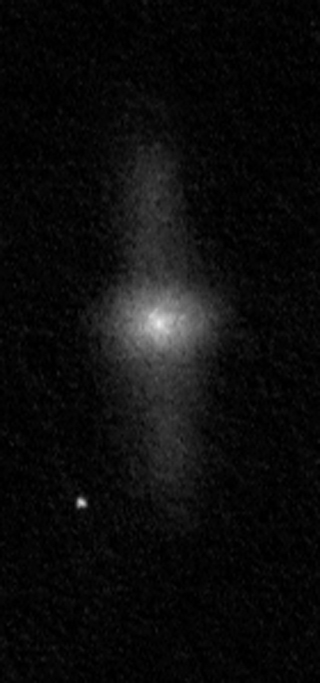
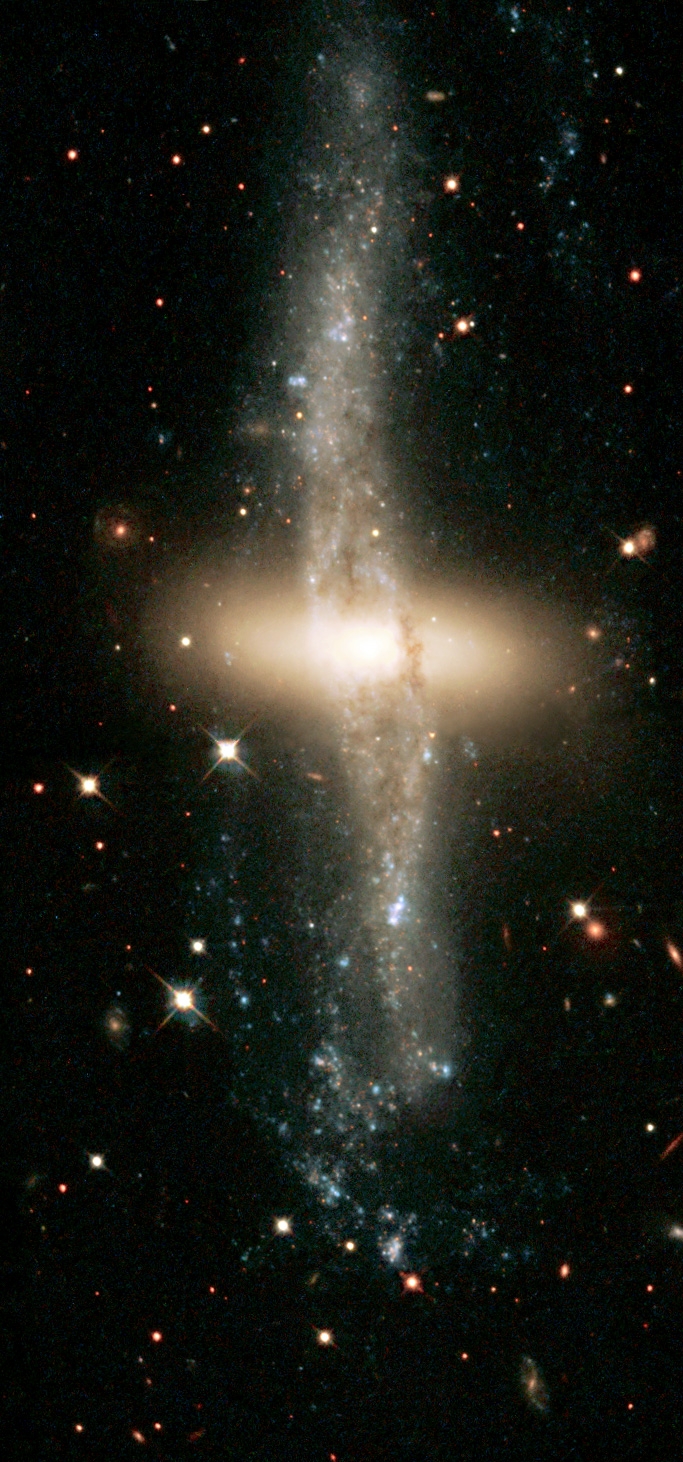
You can see the Hubble (Hubble Space Telescope, HST) image of NGC 4650a to the left next to my rotated, croped and inverted drawing.
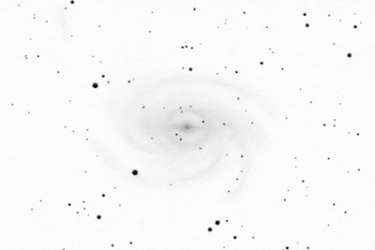
Pavo galaxy
The grand spiral galaxy of Pavo
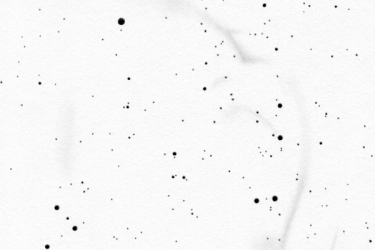
Panorama drawing
Huge and faint supernova remnant in the southern sky
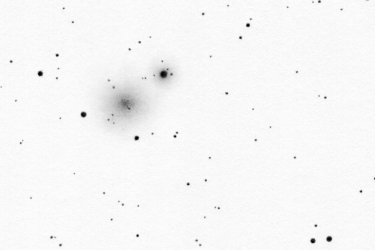
Centaurus globular cluster
The second globular in Centaurus
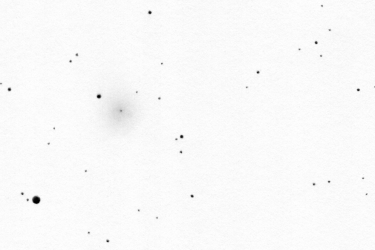
Apus globular cluster
Globular cluster close to the Southern celestial pole
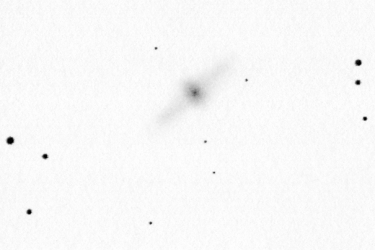
Centaurus galaxy
Polar ring galaxy
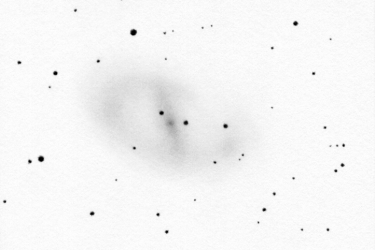
Ara galaxy
Barred spiral galaxy in the thick of the Milky Way